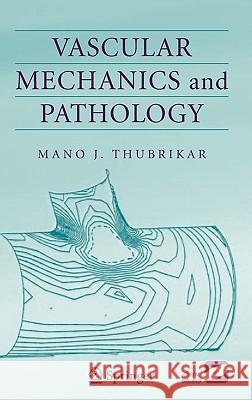Vascular Mechanics and Pathology » książka
Vascular Mechanics and Pathology
ISBN-13: 9780387338163 / Angielski / Twarda / 2007 / 494 str.
Vascular Mechanics and Pathology
ISBN-13: 9780387338163 / Angielski / Twarda / 2007 / 494 str.
(netto: 345,02 VAT: 5%)
Najniższa cena z 30 dni: 346,96
ok. 22 dni roboczych
Dostawa w 2026 r.
Darmowa dostawa!
Nowhere in the scientific progress has the schism in the knowledge been as striking as in the case of vascular mechanics and pathology. This joint subject would serve as a classic example of science developed in two different directions. It provided the motivation to put forth this book and establish a correlation between vascular mechanics and pathology. The book focuses on the artery and arterial diseases. The most fundamental functions of the artery are (1) to serve as a conduit of blood flow and (2) to serve as a container of blood pressure. The artery carries the blood to all organs of the body and it uses pressure to drive the blood through the tissue to provide nourishment. Hence, the artery is both a pipe and a pressure vessel. The artery pulsates about 103,000 times a day along with the beating heart. In a lifetime, the artery sustains cyclic pressure for about 3. 8 billion cycles. This obviously poses a significant challenge to the artery and therefore the artery must be endowed with special structure and properties to meet this challenge. In the event that additional challenges are imposed, such as high blood pressure, it would not be surprising that the artery could break down or become diseased. In the book, we examine the structure and properties of the artery and study the challenges imposed on it with a view to understand the survival of and the development of the diseases in the artery."











